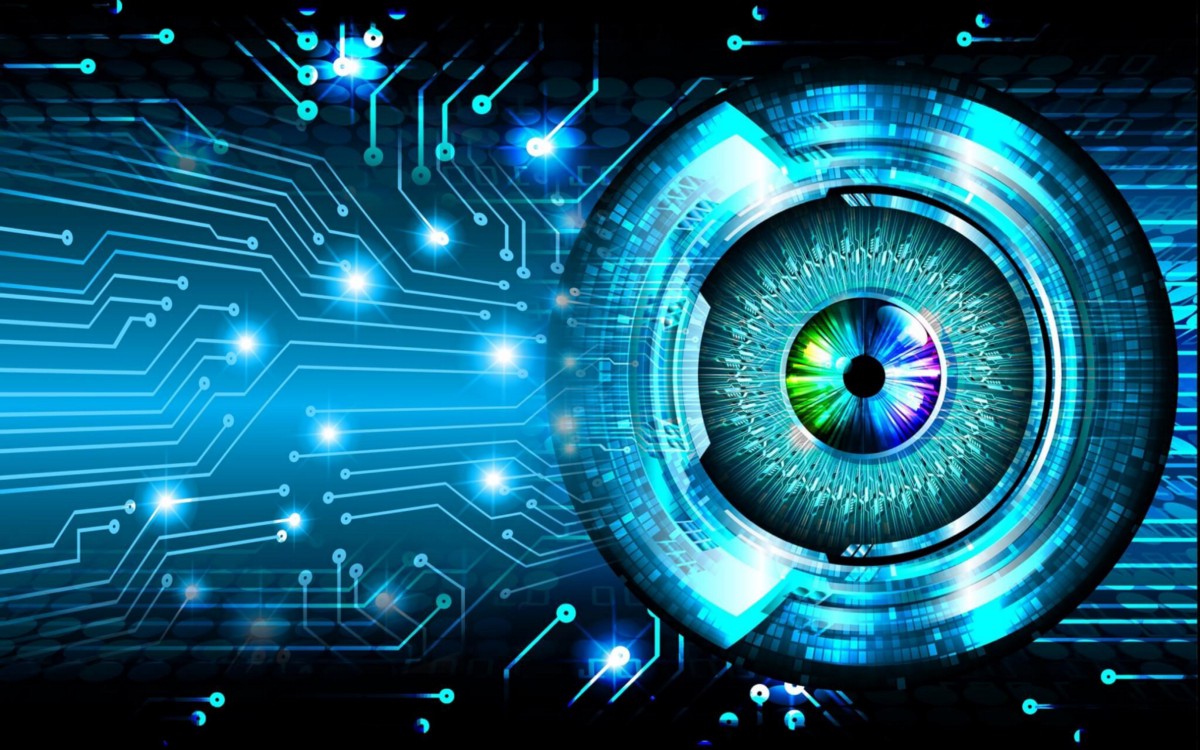Automation of video processing in order to detect violations is one of the demanded areas of computer vision in many industries.
Today we will try to detect on the video the absence of the client in the frame at the time of the operation in the automated system.

We have at our disposal records from surveillance cameras of the employee's workplace and a log of operations.
, . MobileNet CSRT Tracker opencv. Tesseract-OCR.
MobileNet. 20 . : . Github.
cv2 pytesseract.
!pip install opencv-python !pip install pytesseract
pytesseract Tesseract-OCR c .
Tesseract-OCR:
import os
video_path = ... #
tesseract_path = ... # Tesseract
os.environ["PATH"] += os.pathsep + tesseract_path
import pytesseract
import cv2
import imutils
import pandas as pd
import datetime as dt
, . , / :
df = pd.DataFrame(columns = ['', ' '])
work_place = () #,
date = None #
tracked = False #
, . , :
prototxt = 'MobileNetSSD_deploy.prototxt' #
weights = 'MobileNetSSD_deploy.caffemodel' #
20 , :
classNames = {0: 'background',
1: 'aeroplane',
2: 'bicycle',
3: 'bird',
4: 'boat',
5: 'bottle',
6: 'bus',
7: 'car',
8: 'cat',
9: 'chair',
10: 'cow',
11: 'diningtable',
12: 'dog',
13: 'horse',
14: 'motorbike',
15: 'person',
16: 'pottedplant',
17: 'sheep',
18: 'sofa',
19: 'train',
20: 'tvmonitor'}
, .
thr = 0.1 #
:
net = cv2.dnn.readNetFromCaffe(prototxt, weights) #
cv2.VideoCapture, :
cap = cv2.VideoCapture(video_path)
, .read(), . , . . :
%%time
cap = cv2.VideoCapture(video_path)
total_frame = 0
while True:
success, frame = cap.read()
if success:
total_frame += 1
else:
break
video_length = ... #
fps = round(total_frame / video_length)
fps
, . 100- 2 .
, , , . , , .
while cap.isOpened():
ret, frame = cap.read()
if ret:
frame = imutils.resize(frame, width=1200) # ,
# ,
if len(work_place) == 0:
cv2.putText(frame, 'Set the client\'s location', (0, 90), cv2.FONT_HERSHEY_SIMPLEX,
2, (0,255,0), 2)
work_place = cv2.selectROI('frame', frame, fromCenter=False, showCrosshair=True)
x, y, w, h = [int(coord) for coord in work_place]
#
if not date:
try:
cv2.putText(frame, 'Set the date, (0, 160), cv2.FONT_HERSHEY_SIMPLEX,
2, (0,255,0), 2)
date = cv2.selectROI('frame', frame, fromCenter=False, showCrosshair=True)
date_x, date_y, date_w, date_h = [int(coord) for coord in date]
date_ = frame[date_y : date_y+date_h, date_x : date_x+date_w]
date_ = cv2.cvtColor(date_, cv2.COLOR_BGR2GRAY) #
#date_ = cv2.threshold(date_, 0, 255, cv2.THRESH_BINARY + cv2.THRESH_OTSU)[1]
date_ = cv2.threshold(date_, 180, 255, 0)[1] #
date = pytesseract.image_to_string(date_)
date = dt.datetime.strptime(date, '%Y-%m-%d %H:%M:%S')
except:
print(' , -- ::')
date_ = input()
date = dt.datetime.strptime(date_, '%Y-%m-%d %H:%M:%S')
if cap.get(1) % fps == 0:
date += dt.timedelta(seconds = 1)
if not tracked or (cap.get(1) % (fps * 30) == 0):
#
frame_resized = cv2.resize(frame, (300, 300)) # 300 300
blob = cv2.dnn.blobFromImage(frame_resized, 0.007843,
(300,300), (127.5, 127.5, 127.5), False)
#
net.setInput(blob)
detections = net.forward()
#[0, 0, object, [0, class_id, confidence, xLeftBottom, yLeftBottom, xRightTop, yRightTop]]
#
cols = frame_resized.shape[1]
rows = frame_resized.shape[0]
#
for obj in detections[0,0, :, :]:
confidence = obj[2]
if confidence > thr:
class_id = int(obj[1])
if class_id == 15:
xLeftBottom = int(obj[3] * cols)
yLeftBottom = int(obj[4] * rows)
xRightTop = int(obj[5] * cols)
yRightTop = int(obj[6] * rows)
#
heightFactor = frame.shape[0] / 300.0
widthFactor = frame.shape[1] / 300.0
#
xLeftBottom = int(widthFactor * xLeftBottom)
yLeftBottom = int(heightFactor * yLeftBottom)
xRightTop = int(widthFactor * xRightTop)
yRightTop = int(heightFactor * yRightTop)
#
xCenter = xLeftBottom + (xRightTop - xLeftBottom)/2
yCenter = yLeftBottom + (yRightTop - yLeftBottom)/2
#
if xCenter < x + w and yCenter < y + h and xCenter > x and yCenter > y:
tracker = cv2.TrackerCSRT_create()
tracker.init(frame, (xLeftBottom, yLeftBottom, xRightTop-xLeftBottom, yRightTop-yLeftBottom))
tracked = True
cv2.rectangle(frame, (xLeftBottom,yLeftBottom), (xRightTop,yRightTop), (0,255,0), 3, 1)
break
else:
tracked = False
else:
_, bbox = tracker.update(frame)
X, Y, W, H = [int(coord) for coord in bbox]
xCenter = X + W/2
yCenter = Y + H/2
if xCenter < x + w and yCenter < y + h and xCenter > x and yCenter > y:
tracked = True
cv2.rectangle(frame, (X,Y), (X + W, Y + H), (255,255,0), 3, 1)
else:
tracked = False
cv2.imshow('frame', frame)
df.loc[cap.get(1), :] = [date, tracked]
print(cap.get(1), date, tracked) # , /
if cv2.waitKey(1) == 27: #ESC
break
else:
break
cap.release()
cv2.destroyAllWindows()
.read() : , , – . , , , .
. , «-- ::». , : , . date
.

Tesseract-
, . , , .
.get() 1 , , fps
, date
. tesseract, , .
: cv2.resize() cv2.dnn.blobFromImage(). , . , detections
. , 20 .
, 15. , , tracked
True . tracked
date
df
.
, . , tracked
True False, .
. , , . .
, / . , , . , .
df_ = df.groupby('', as_index=False).agg(max)
df_.to_excel('output.xlsx', index=False)
, :
. , . opencv. , , .
. .
. , , . «» , .
The first and second problem can be solved by trackers based on deep learning. For example, a tracker GOTURN
. This tracker is implemented in the library opencv
, but for its operation you need to download additional files. You can also use the popular tracker Re3
or the recently introduced tracker AcurusTrack
. The third problem can be solved by replacing the neural network and / or retraining it on seated people.